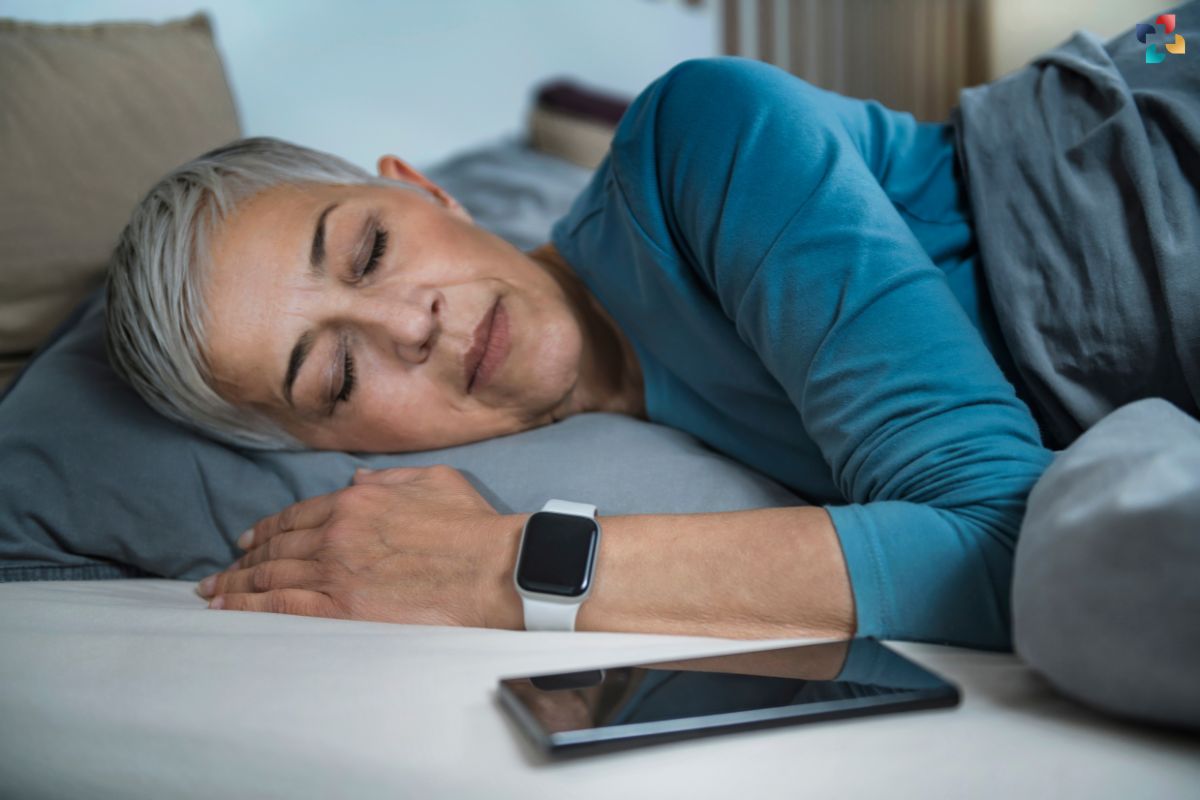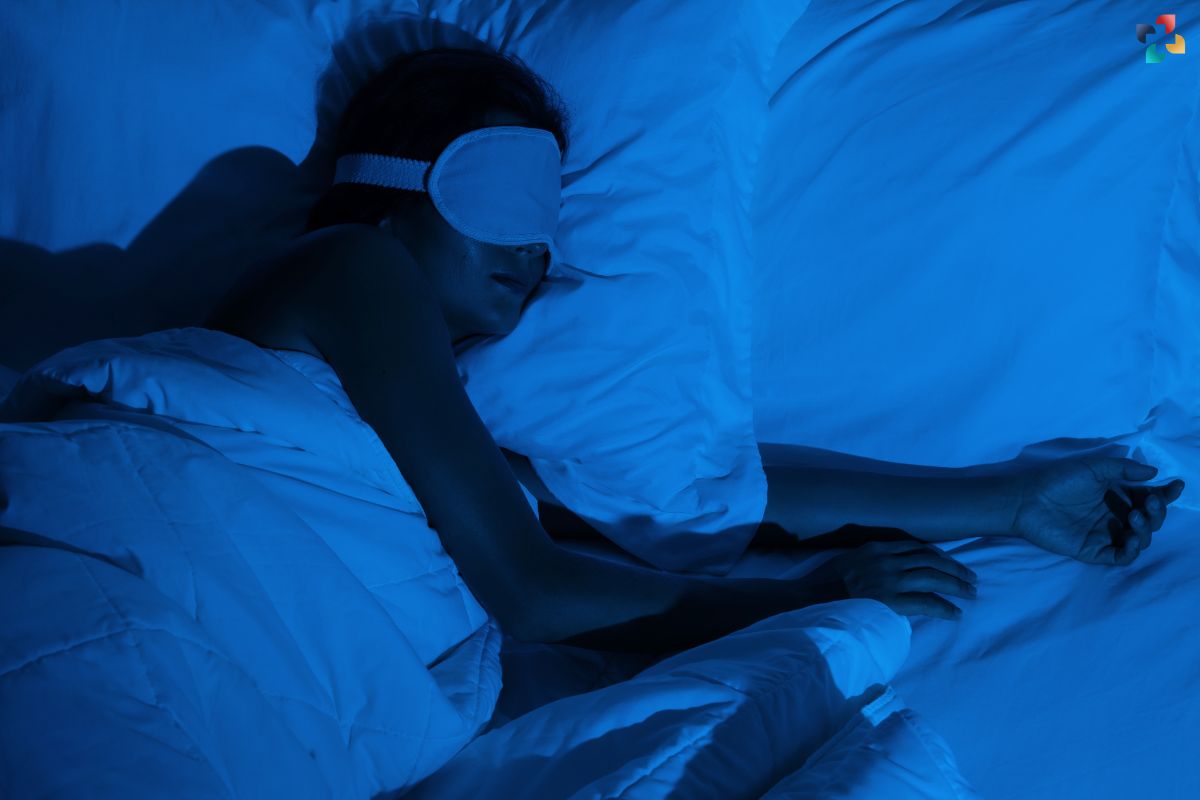Sleep is an essential part of our lives, contributing to overall health and well-being. However, not many people realize that the position in which they sleep can significantly impact their health. The way we position our bodies during sleep can influence various aspects of our physical and mental health, including spinal alignment, breathing, digestion, and even skin health. This article explores the different sleeping positions and how each one can affect your health, helping you make informed decisions for a better night’s rest.
The Importance of Sleeping Positions
Sleeping positions play a crucial role in the quality of sleep and overall health. Different positions can either alleviate or exacerbate health issues, making it essential to understand how each one impacts the body. The primary sleeping positions include back sleeping, side sleeping, stomach sleeping, and variations of these. Each position has its benefits and drawbacks, and the ideal choice may vary depending on individual health concerns and comfort preferences.
1. Back Sleeping Position
Benefits
Back sleeping is often considered one of the healthiest sleeping positions. It promotes proper spinal alignment by allowing the back, neck, and head to rest in a neutral position. This alignment helps prevent chronic back and neck pain. Additionally, back sleeping can reduce pressure on the joints and improve circulation.
Drawbacks
Despite its benefits, back sleeping is not suitable for everyone. Individuals with sleep apnea or snoring issues may find this position exacerbates their symptoms. Back sleeping can cause the tongue and soft tissues to collapse to the back of the throat, obstructing the airway and leading to breathing difficulties.
Tips for Improvement

To improve the back sleeping position, consider using a supportive pillow that maintains the natural curve of the neck. Elevating the head slightly can also help reduce snoring and sleep apnea symptoms.
2. Side Sleeping Position
Benefits
Side sleeping is one of the most popular sleeping positions and offers several health benefits. It can help reduce snoring and alleviate sleep apnea symptoms by keeping the airways open. Side sleeping is also beneficial for digestion and can reduce acid reflux symptoms, especially when sleeping on the left side.
Drawbacks
While side sleeping has many advantages, it can also lead to shoulder and hip pain due to the pressure placed on these areas. Additionally, sleeping on the right side may worsen heartburn and acid reflux symptoms.
Tips for Improvement
To enhance the side sleeping position, use a supportive pillow that keeps the head and neck aligned with the spine. Placing a pillow between the knees can also help maintain spinal alignment and reduce pressure on the hips.
3. Stomach Sleeping Position
Benefits
Stomach sleeping is less common but can benefit individuals who snore or have mild sleep apnea. This position can help keep the airways open, reducing snoring and breathing difficulties.
Drawbacks
Stomach sleeping is generally considered the least healthy sleeping position. It can cause significant strain on the neck and spine, leading to pain and discomfort. Additionally, it can restrict breathing by compressing the chest.
Tips for Improvement
If you prefer stomach sleeping, using a thin pillow or no pillow at all can help reduce strain on the neck. Additionally, placing a pillow under the pelvis can support spinal alignment and reduce lower back pain.
4. Fetal Sleeping Position
Benefits

The fetal sleeping position, a variation of side sleeping, involves curling up on one’s side with the knees drawn toward the chest. This position can provide comfort and a sense of security, making it popular among many individuals. It can also help reduce snoring and alleviate sleep apnea symptoms.
Drawbacks
The fetal sleeping position can cause joint pain and stiffness, particularly in the knees and hips. Curling up too tightly can also restrict deep breathing and cause tension in the back and neck.
Tips for Improvement
To improve the fetal sleeping position, try to keep the body relatively loose and relaxed. Using a supportive pillow that aligns with the spine and placing a pillow between the knees can also help maintain comfort and proper alignment.
5. Starfish Sleeping Position
Benefits
The starfish sleeping position involves lying on the back with the arms and legs spread out. This position can help alleviate pressure on the spine and joints, promoting overall comfort. It can also reduce the risk of developing wrinkles and acne by keeping the face off the pillow.
Drawbacks
Like other back sleeping positions, the starfish position can exacerbate snoring and sleep apnea symptoms. Additionally, spreading the arms and legs can sometimes lead to numbness or tingling due to restricted blood flow.
Tips for Improvement
To enhance the starfish sleeping position, use a supportive pillow that maintains the natural curve of the neck. Adjusting the spread of the limbs to a more comfortable angle can also help reduce numbness and improve circulation.
Mayo Clinic Minute – What’s the best sleeping position?
Sleeping Positions and Specific Health Conditions
1. Sleeping Positions for Back Pain
For individuals with chronic back pain, the sleeping position is crucial. Back sleeping with a supportive pillow can help maintain spinal alignment and reduce pain. Side sleeping with a pillow between the knees can also be beneficial, as it reduces pressure on the lower back.
2. Sleeping Positions for Acid Reflux
Those who suffer from acid reflux may find relief by sleeping on their left side. This position helps prevent stomach acid from flowing back into the esophagus, reducing heartburn symptoms. Elevating the head slightly can also help keep acid reflux at bay.
3. Sleeping Positions for Snoring and Sleep Apnea
Side sleeping is generally recommended for individuals who snore or have sleep apnea. This position helps keep the airways open and reduces the likelihood of airway obstruction. Back sleeping, on the other hand, can worsen these conditions by causing the tongue and soft tissues to collapse toward the back of the throat.
4. Sleeping Positions for Pregnancy
Pregnant women often find side sleeping to be the most comfortable and beneficial position. Sleeping on the left side can improve circulation and reduce pressure on the liver. Placing a pillow between the knees and under the belly can provide additional support and comfort.
How to Transition to a Healthier Sleeping Position
If your current sleeping position is causing discomfort or health issues, transitioning to a healthier position can make a significant difference. Here are some tips to help you make the switch:
1. Gradual Adjustment
Making a sudden change to your sleeping position can be challenging. Gradually adjusting your position over time can help your body adapt more easily. Start by slightly altering your position each night until you achieve the desired posture.
2. Use Supportive Pillows
Investing in supportive pillows can make a big difference in maintaining proper alignment and comfort. For back sleeping, use a pillow that supports the natural curve of your neck. For side sleeping, consider a body pillow or placing a pillow between your knees.
3. Create a Comfortable Sleep Environment

A comfortable sleep environment can encourage you to maintain a healthier sleeping position. Ensure your mattress provides adequate support and is not too soft or too firm. Additionally, keep your bedroom cool, dark, and quiet to promote restful sleep.
4. Practice Good Sleep Hygiene
Good sleep hygiene practices can also help improve your sleeping position. Establish a regular sleep schedule, avoid caffeine and heavy meals before bedtime, and engage in relaxing activities before bed to promote better sleep quality.
Conclusion
Understanding how sleeping positions affect your health is crucial for improving your overall well-being. Each sleeping position has its benefits and drawbacks, and the ideal choice depends on individual health concerns and comfort preferences. By making informed decisions about your sleeping position and using supportive pillows, you can enhance your sleep quality and promote better health. Remember, the key to a good night’s sleep is finding a position that allows your body to rest comfortably and maintain proper alignment. So, take the time to evaluate your sleeping position and make adjustments as needed to enjoy the benefits of restful, rejuvenating sleep.

7 Best Sleep Tracking Wearables You Can’t Miss Out On
The top seven wearable sleep trackers are examined in this post, along with their benefits, features, and ways to promote better sleep habits.







